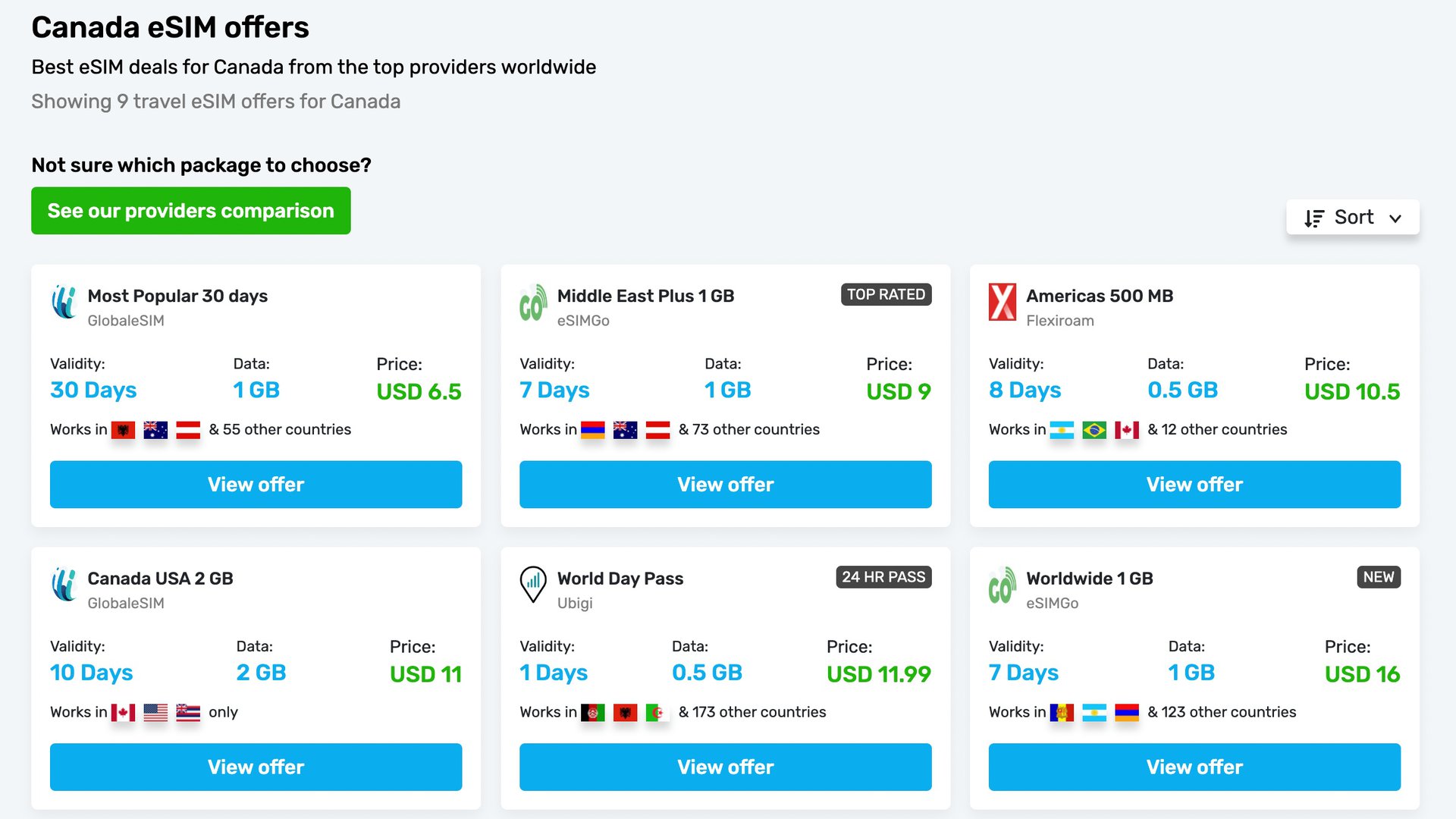eSIMs and international travel: Let’s debunk this misconception
Dhruv Bhutani / Android Authority
The Apple iPhone 14 announcement earlier this week brought the spotlight on eSIMs because all iPhone 14 units in the US won’t have a physical SIM slot, but will instead support eSIMs. Suddenly, this feature that was often considered secondary is on everyone’s lips. And just like it did with the 3.5mm plug and the charger in the box, Apple will likely drag the entire industry behind it. We’ll soon have eSIM-only Android phones — that’s a certainty.
Among all the digital ink that’s being spilled around eSIMs, there seems to be one general misconception that keeps coming back and back: People think that having no SIM slot is very inconvenient for international travel and that American operators will profit because you’ll be forced to use roaming on your US iPhone.
In my experience, that couldn’t be further from the truth. I have gone on more than 15 trips in the past 18 months. I visited eight different countries and used free roaming where my SIM card allowed it, but bought a prepaid data eSIM in four countries: Belgium, Switzerland, Turkey, and Canada. And my personal verdict is indisputable: eSIMs are a win for travelers.
After 15 trips in 18 months, my verdict is indisputable: eSIMs are a win for international travel.
Let me walk you through my process of getting a data plan before traveling to Canada in early August. I opened Airalo and Mobimatter‘s sites, typed in “Canada,” shopped around for the most suited plan for my two-week stay, purchased it, and got the QR code in my inbox. I opened the SIM setting menu on my Pixel 6 Pro, started adding a new eSIM, scanned the code, waited and a minute and… well, that was it. My phone now had an eSIM with 5GB of data for 30 days valid in North America. 10, oh, let’s be generous and say 15 minutes, is all it took. And it cost me less than $20.

Rita El Khoury / Android Authority
Once my plane landed in Canada, I switched data to this second eSIM and made sure roaming was enabled on it. (Many of these eSIMs have multi-country plans that only work in roaming mode.) I was connected before I even exited the airplane. And if need be, I could always save and switch between several eSIMs on the fly too.
It takes me 10 minutes to buy and set up an eSIM before a trip, and I’m online before I even exit the plane.
Now compare that with the tedious process of researching local data plans and confusing top-ups, finding carrier stores near your airport or hotel, lining up, providing all the necessary documents, getting the physical SIM, activating it and its associated data plan, then navigating hundreds of menus, messages, or websites in foreign languages for every little question or setting.
In many instances, a prepaid data eSIM from sites like Airalo and Mobimatter will be significantly cheaper than a traditional SIM too. The cheapest traditional prepaid SIM I could find in Canada was around 50 CAD, for example, compared to the $20 that I paid. And when I went to Istanbul for a day, I got a cheap $6 or $7 eSIM because I didn’t need more than 1GB of data.
Prepaid eSIMs are also likely to be cheaper than traditional SIM plans.
Sure, if you’re planning to travel for several months, a proper data plan with a more traditional SIM may be less expensive. But for most travelers who are likely to spend a week or two at most in a foreign country, odds are in favor of the eSIM being cheaper.
Do you use a prepaid eSIM while traveling?
394 votes
The only caveat is that prepaid data eSIMs aren’t available for every country. More than 80 countries are supported by Airalo and Mobimatter, covering a substantial chunk of earth, but leaving a lot of smaller countries behind. Incidentally, I can’t find a data eSIM for my home country of Lebanon. In these instances, you’ll need to find another solution if your phone only supports eSIMs. Or you can wait a bit. Local operators will likely join the eSIM rank soon, whether they’re ready or not — this is a case of Apple taking the industry hostage and forcing it to move in one direction.
eSIMs aren’t fully ready to take on the world, but don’t assume they’re bad for travel.
And sure, there are many issues with eSIMs and the way some operators have implemented them around the world, but let’s not add the false assumption that they’re bad for international travel. The truth is that they’re super convenient to buy and set up for short vacations, but somehow most of the tech industry hasn’t caught up to that yet.
For all the latest Technology News Click Here
For the latest news and updates, follow us on Google News.
